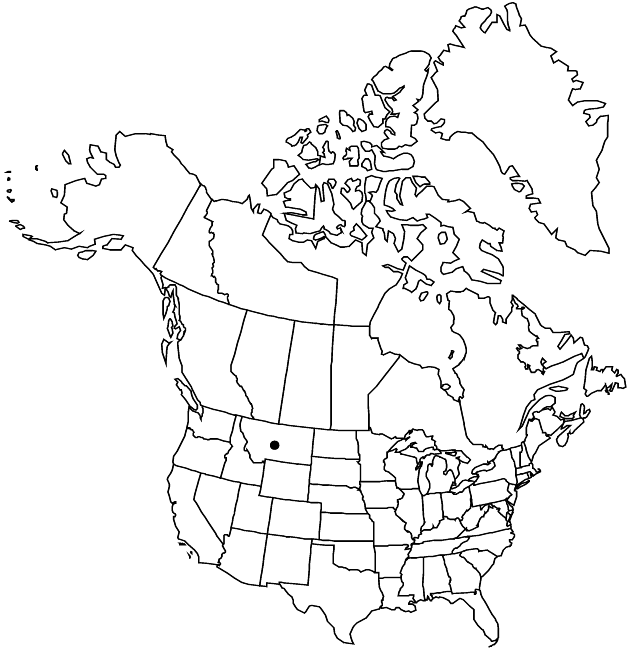Difference between revisions of "Cirsium longistylum"
Canad. J. Bot. 41: 1562, plate 1. 1963.
FNA>Volume Importer |
imported>Volume Importer |
||
| (5 intermediate revisions by 2 users not shown) | |||
| Line 8: | Line 8: | ||
}} | }} | ||
|common_names=Long-style thistle | |common_names=Long-style thistle | ||
| + | |special_status={{Treatment/ID/Special_status | ||
| + | |code=E | ||
| + | |label=Endemic | ||
| + | }}{{Treatment/ID/Special_status | ||
| + | |code=C | ||
| + | |label=Conservation concern | ||
| + | }} | ||
|basionyms= | |basionyms= | ||
|synonyms= | |synonyms= | ||
| Line 34: | Line 41: | ||
-->{{#Taxon: | -->{{#Taxon: | ||
name=Cirsium longistylum | name=Cirsium longistylum | ||
| − | |||
|authority=R. J. Moore & Frankton | |authority=R. J. Moore & Frankton | ||
|rank=species | |rank=species | ||
| Line 48: | Line 54: | ||
|publication title=Canad. J. Bot. | |publication title=Canad. J. Bot. | ||
|publication year=1963 | |publication year=1963 | ||
| − | |special status= | + | |special status=Endemic;Conservation concern |
| − | |source xml=https:// | + | |source xml=https://bitbucket.org/aafc-mbb/fna-data-curation/src/2e0870ddd59836b60bcf96646a41e87ea5a5943a/coarse_grained_fna_xml/V19-20-21/V19_138.xml |
|tribe=Asteraceae tribe Cardueae | |tribe=Asteraceae tribe Cardueae | ||
|genus=Cirsium | |genus=Cirsium | ||
Latest revision as of 19:48, 5 November 2020
Perennials monocarpic, 40–150 cm; taprooted. Stems usually 1, erect, less commonly several, ascending, simple to sparingly short-branched in distal 1/2, less commonly openly branched, villous with jointed trichomes; branches on distal stems 0–many, short, ascending. Leaves: blades linear to oblong or elliptic, 10–30+ × 1–10 cm, margins flat to undulate, subentire to coarsely dentate or shallowly to deeply pinnatifid, lobes lance-oblong to broadly triangular, spinulose to spiny-dentate or shallowly lobed, main spines 3–12 mm, abaxial faces green and subglabrous to gray- or white-tomentose with felted arachnoid trichomes, ± villous to tomentose along major veins with septate trichomes, rarely glabrous or glabrate, adaxial ± green, glabrous or villous with septate trichomes; basal often present at flowering, spiny winged-petiolate or sessile; principal cauline well distributed, proximally winged-petiolate, distally sessile, gradually reduced, bases sometimes short-decurrent (0–2 cm); distal ± reduced, often narrower than the proximal, sometimes with non-pigmented bases. Heads several–many, erect, usually in racemiform or spiciform arrays, usually closely subtended by clustered ± leafy bracts. Peduncles 0–15+ cm. Involucres (green), broadly ovoid, 1.5–2.5 × 1.5–2.5 cm, loosely villous with septate trichomes, sparingly if at all arachnoid. Phyllaries in 4–8 series, subequal, ± lanceolate, bases appressed, apices ascending, linear to broadly expanded, erose to lacerate or spiny-fringed, spines straight, slender, 2–3 mm, abaxial faces with or without narrow glutinous ridge; apices of inner flexuous, sometimes expanded and erose. Corollas white, ochroleucous, 19–23 mm, tubes 6.5–8.5 mm, throats 7.5–11 mm, lobes 4–5 mm; style tips 4–5.5 mm, conspicuously exserted. Cypselae brown, 5.5–6.5 mm, apical collars not differentiated; pappi 17–20 mm. 2n = 34.
Phenology: Flowering summer (Jun–Aug).
Habitat: Moist soil, roadsides, meadows, forest edges and openings
Elevation: 1500–2400 m
Discussion
Of conservation concern.
Cirsium longistylum is endemic to the Big Belt, Castle, Elkhorn, and Little Belt ranges of west-central Montana. It is highly variable, and several authors have suggested that it has introgressed with one or more other species (R. J. Moore and C. Frankton 1963; J. M. Poole and B. L. Heidel 1993; S. J. Brunsfeld and C. T. Baldwin, unpubl.). It is closely related to C. hookerianum, and the two probably share a common ancestry or a history of hybrid interactions dating back to the Pleistocene. Cirsium longistylum is perhaps also affected by modern or historic introgression involving C. scariosum var. scariosum.
Selected References
None.
